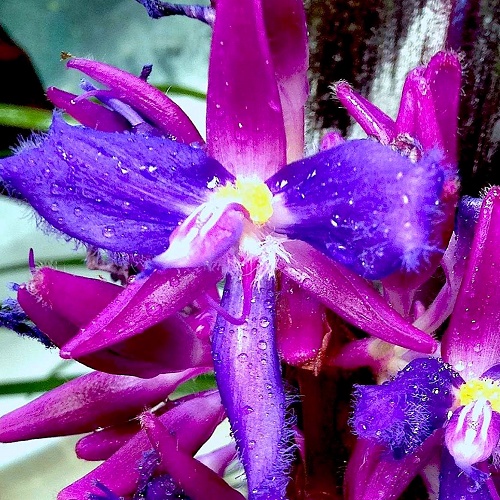Germinating the seeds
Getting started -- You may plant each seed in individual, small containers, or you can plant them all in a single container and transplant them a few months later. Either way, use pots with drainage holes For soil, use a well draining mix high. A typical mix is 2 parts potting soil to 1 part
perlite Until the seeds sprout, ensure that the surface soil always stays moist. If you enclose the pots in a plastic container to maintain moisture, leave it open slightly to allow some fresh air in. You may need to drip a few drops of water over the seeds every day or 2 to keep the seeds moist. They germinate well between 68 and 84 degrees F (20-29°C). A little cooler at night is ok. I recommend placing a minimum/maximum thermometer near the pots. They should start germinating within 2 months, but may take up to 4 months to start. Increase air ventilation slightly after sprouting to prevent rot, but continue keeping the soil surface moist for 2-3 weeks after sprouting. Growing onward...
Fertilizing -- The first 6 weeks, feed weekly with a small amount of dilute
(1/8 strength) liquid fertilizer.
Hydroponic fertilizer
is ideal for young seedlings, since it is easily absorbed and contains all
essential nutrients.
After 6 weeks, you may switch to a granular fertilizer that contains
micronutrients, feeding at half the dosage on the package. Or continue
feeding weekly with dilute liquid fertilizer. Once the plants are 6 months
old, reduce the feeding to bright out the best color. Using too much
fertilizer may encourage more green in the leaves. Over about 50% humidity is best.
If it seems to suffer in low humidity indoors, consider using an ultrasonic room humidifier,
sold at
home improvement stores and some thrift shops. - Jeff Strange Wonderful Things
|
|||||||||


